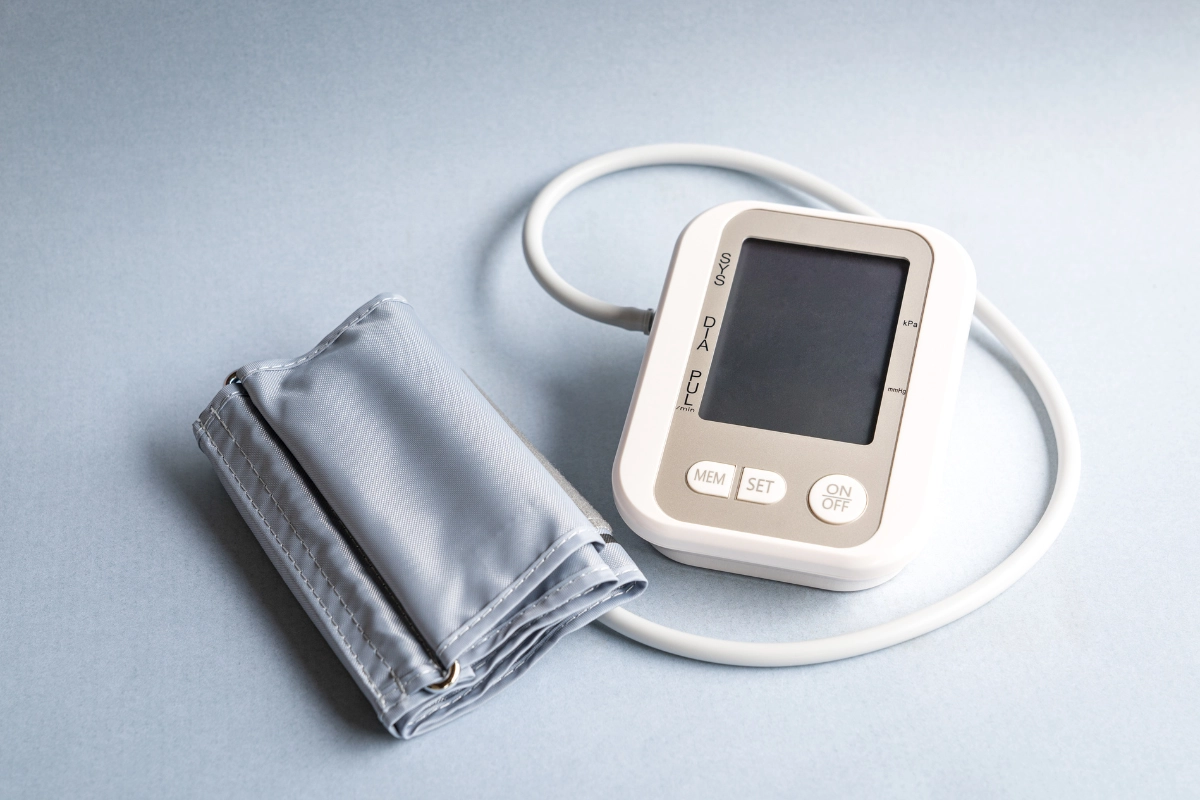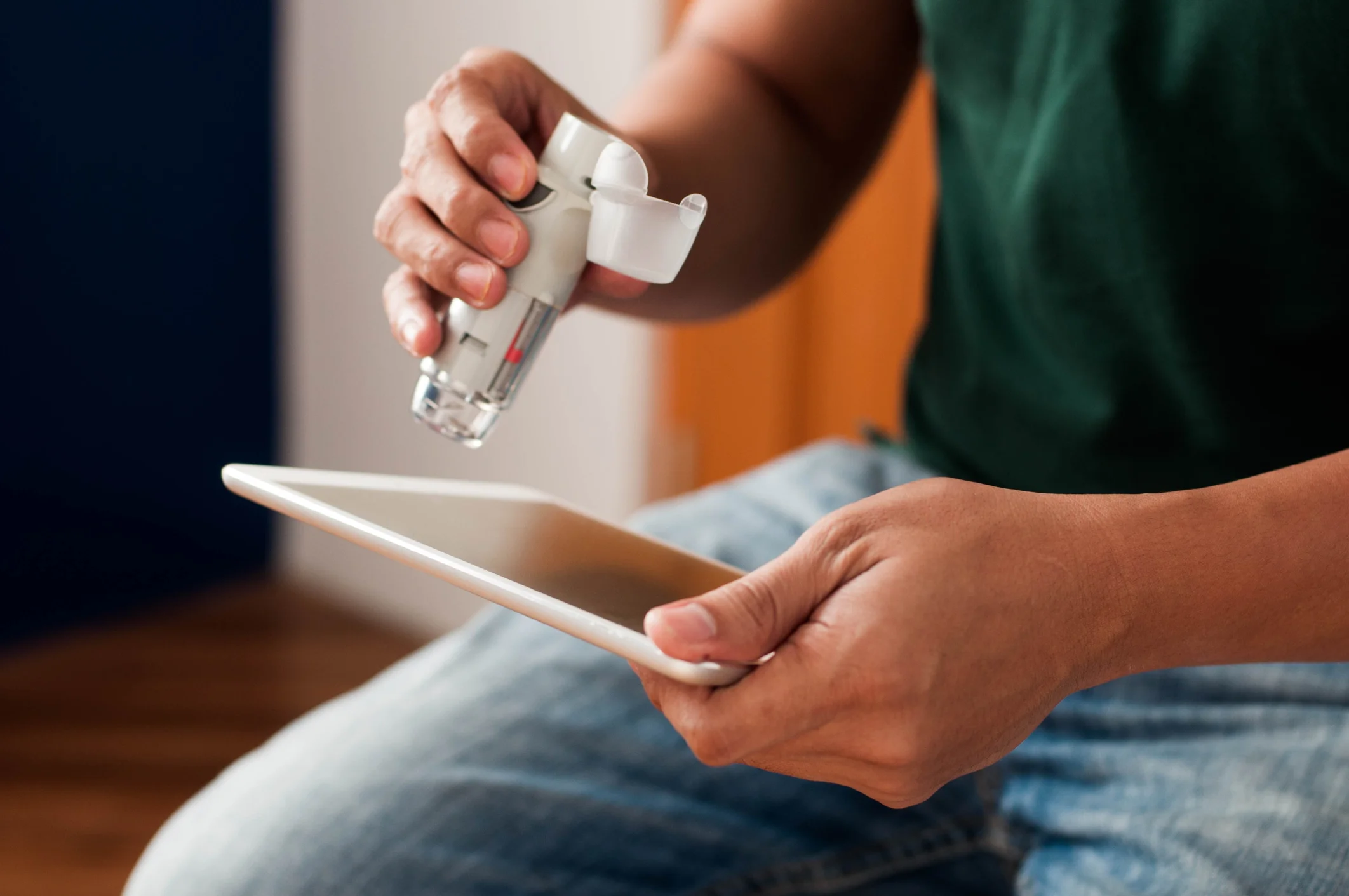
Wireless Medical Devices: The Future of Smart Healthcare Solutions
Introduction
The integration of wireless technology in healthcare has led to a revolutionary transformation in the way medical devices operate, making treatment and monitoring more accessible, efficient, and personalized. Wireless medical devices eliminate the need for complex wiring, allowing for better mobility, real-time data transmission, and seamless patient care. By leveraging connectivity features such as Bluetooth, Wi-Fi, radiofrequency, and inductive charging, modern medical devices now support continuous health tracking, remote monitoring, and automated data analysis, all of which contribute to more precise diagnosis and timely intervention. As healthcare providers and patients increasingly rely on these innovations, wireless medical technology continues to evolve, offering a future where real-time health management is integrated into everyday life without disrupting comfort or routine activities.
Wireless Implantable Medical Devices
Wireless implantable medical devices represent one of the most groundbreaking advancements in healthcare technology, as they allow patients with chronic conditions or life-threatening illnesses to receive continuous monitoring and treatment without the need for frequent hospital visits. Unlike traditional implants that require external wires or periodic surgical interventions for maintenance, these advanced devices use wireless technology to function autonomously while transmitting real-time health data to healthcare providers.
One of the most significant advantages of wireless implantable devices is their ability to manage and regulate critical health conditions. Cardiac implants, such as wireless pacemakers and defibrillators, are capable of adjusting heart rhythms, detecting arrhythmias, and delivering corrective electrical impulses without external intervention. Similarly, neurostimulators have transformed the treatment of conditions such as Parkinson’s disease, chronic pain, and epilepsy by sending controlled electrical signals to specific nerve pathways, alleviating symptoms without the need for invasive procedures. Furthermore, continuous glucose monitoring (CGM) systems that use subcutaneous sensors provide real-time blood sugar readings, allowing diabetic patients to manage their glucose levels more effectively.
Powering Healthcare Without Physical Limitations
As the demand for long-term medical devices increases, the challenge of ensuring continuous power supply without frequent battery replacements has led to the development of wireless charging technologies. Wireless power transfer (WPT) has emerged as a highly effective solution, eliminating the need for traditional charging ports, which can pose risks such as infection, mechanical failure, or patient discomfort.
Inductive and resonant wireless charging technologies are now being widely implemented in various healthcare applications, including implantable medical devices, wearable monitors, and hospital equipment. Wireless charging for medical implants ensures that devices such as smart pacemakers, neurostimulators, and cochlear implants remain operational without requiring surgical battery replacements. This innovation significantly reduces the risks associated with repeated invasive procedures while also improving the overall durability of the device. For external medical equipment such as hospital infusion pumps, monitoring devices, and emergency response tools, wireless charging provides a more flexible and clutter-free environment, reducing dependency on wired connections and enhancing mobility in healthcare settings.
Effects of Wireless Devices on the Human Body
As the adoption of wireless medical devices increases, so do discussions regarding their potential impact on the human body. While these devices offer significant health benefits, including continuous monitoring, real-time diagnostics, and improved accessibility, concerns about electromagnetic field (EMF) exposure and its long-term effects remain a topic of scientific investigation. Wireless medical devices emit radiofrequency (RF) radiation, similar to mobile phones and other consumer electronics, which has led to ongoing studies assessing whether prolonged exposure could have biological implications.
Research on EMF exposure from wireless medical devices indicates that these devices operate at regulated frequencies that are considered safe for human use. Unlike high-intensity radiation sources, such as X-rays or ultraviolet rays, wireless medical devices produce non-ionizing radiation, which does not cause direct DNA damage or cellular mutation.
Conclusion
Wireless medical devices have redefined the way healthcare is delivered, making real-time monitoring, remote diagnostics, and seamless data transmission a reality. Implantable wireless devices have transformed the management of chronic diseases by providing continuous and autonomous monitoring, reducing hospital dependency, and enhancing treatment precision. Wireless charging technology has further improved the practicality and longevity of medical devices, ensuring that patients receive uninterrupted care with minimal intervention. Despite concerns regarding EMF exposure and potential health risks, ongoing research and strict regulatory standards continue to guide the development of safer, more efficient wireless medical solutions.



